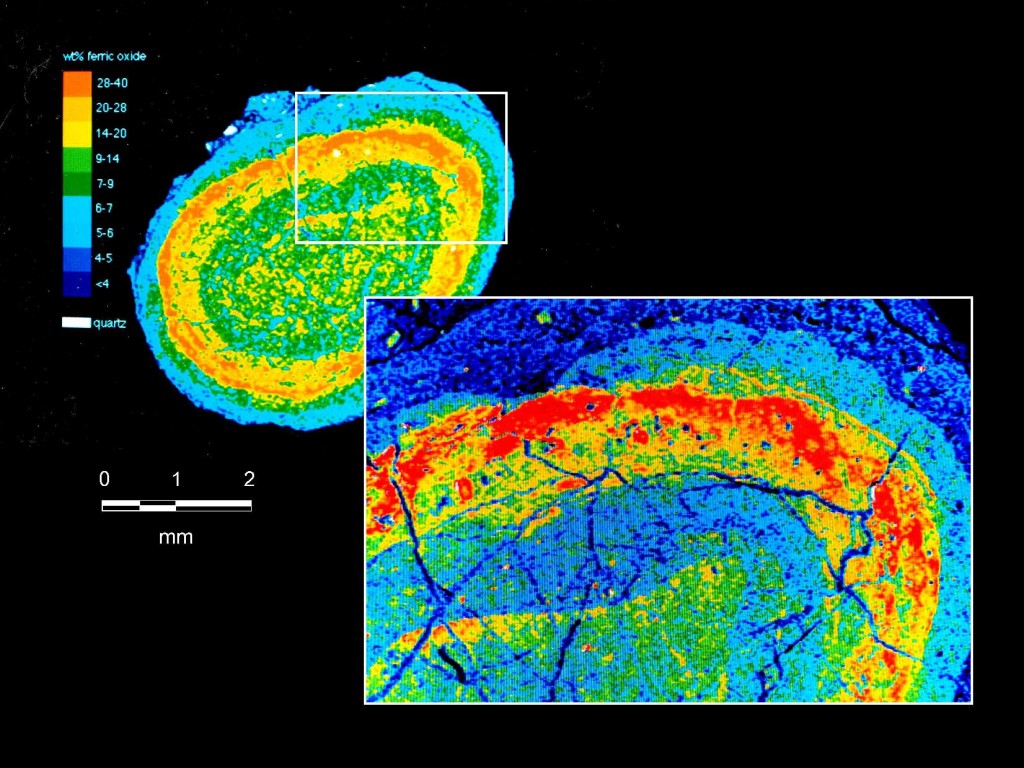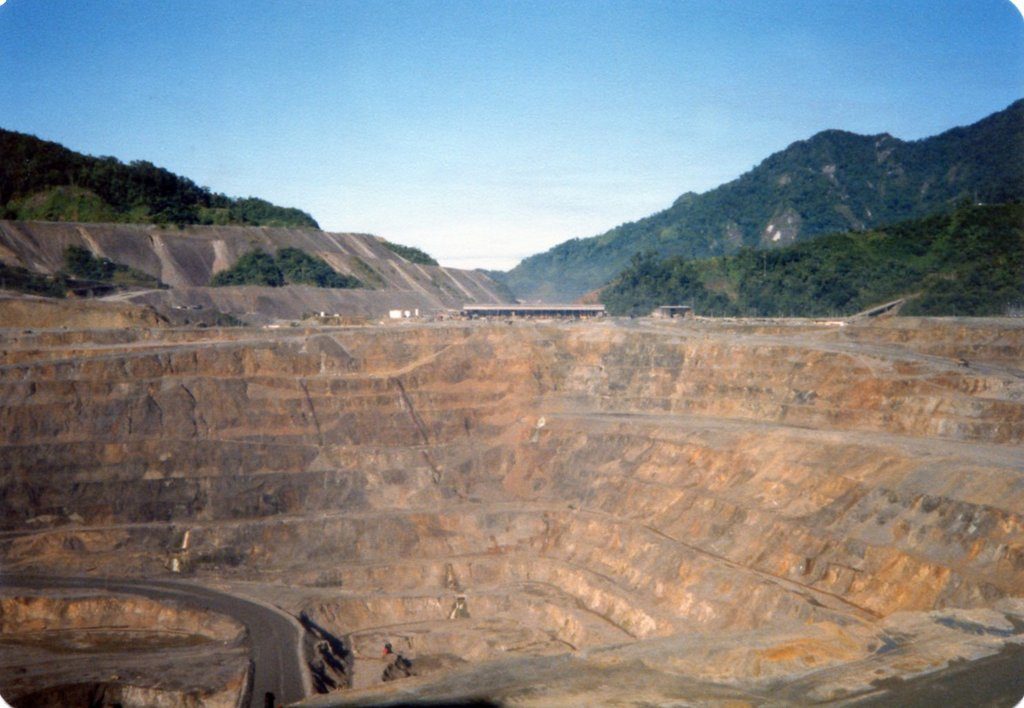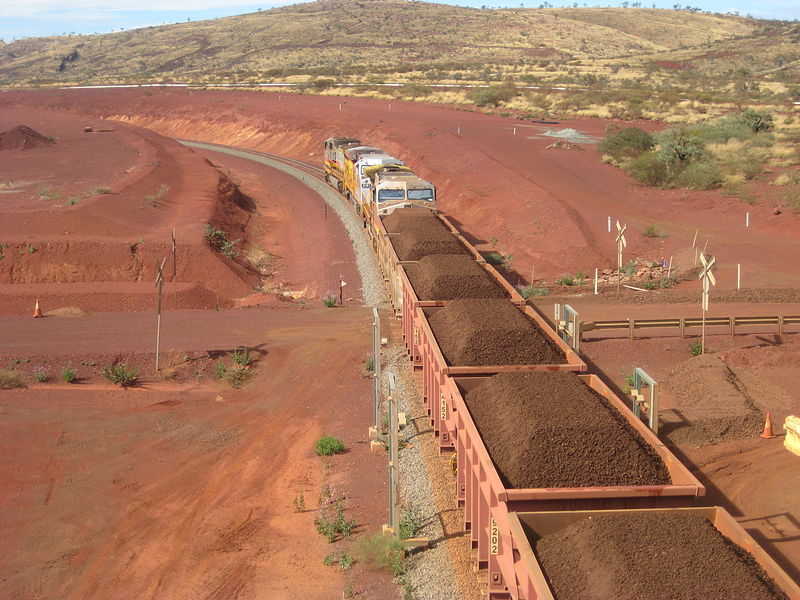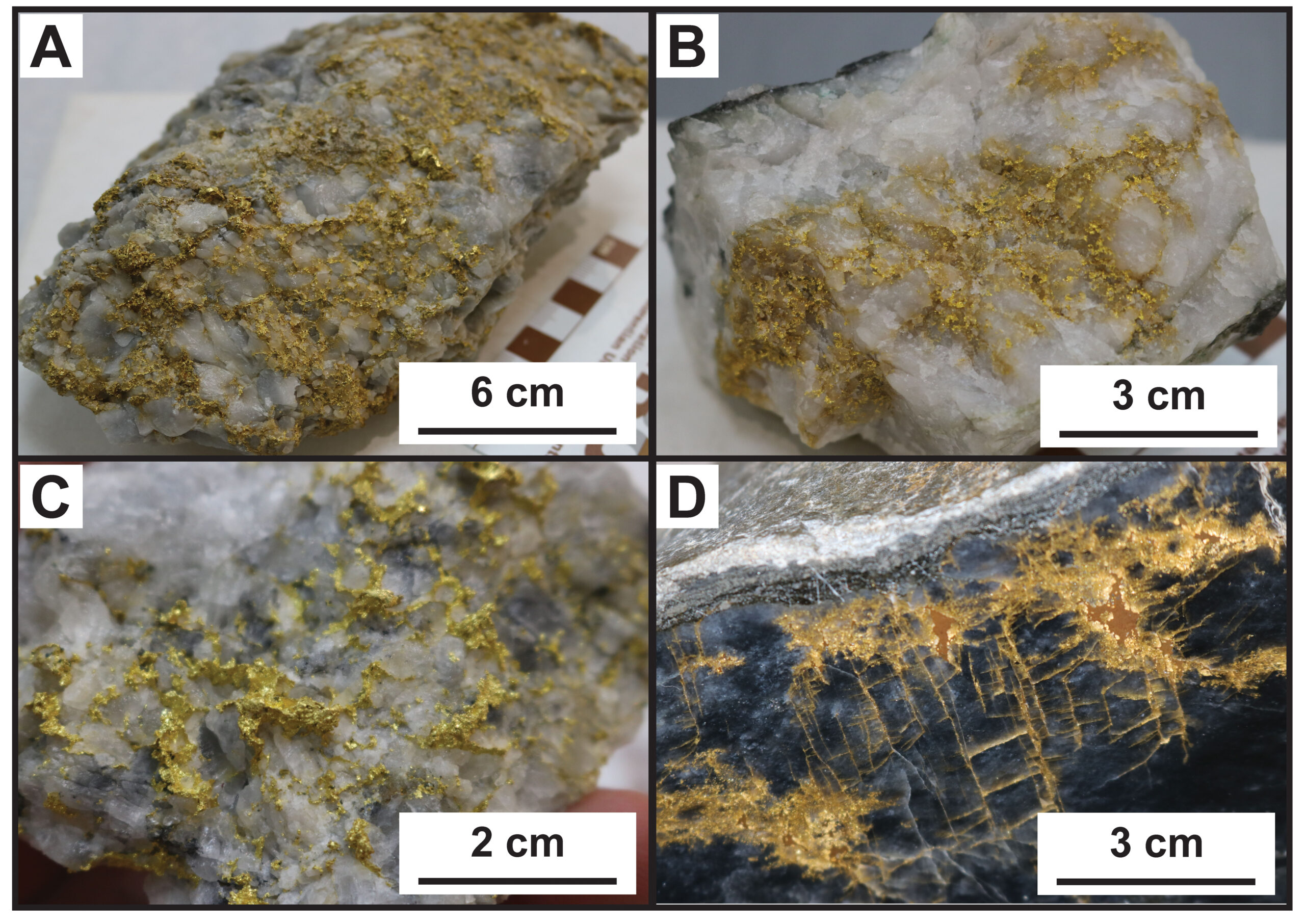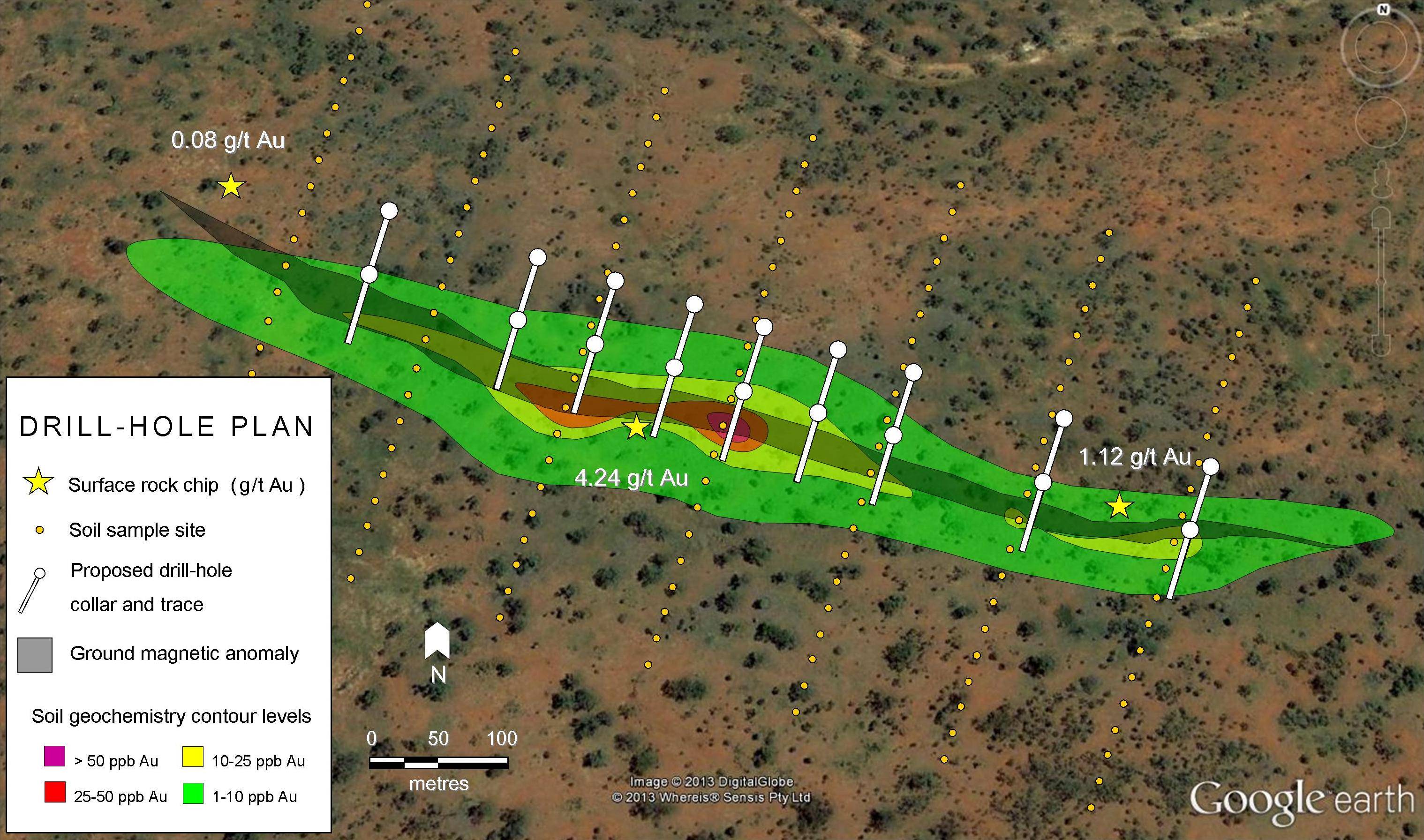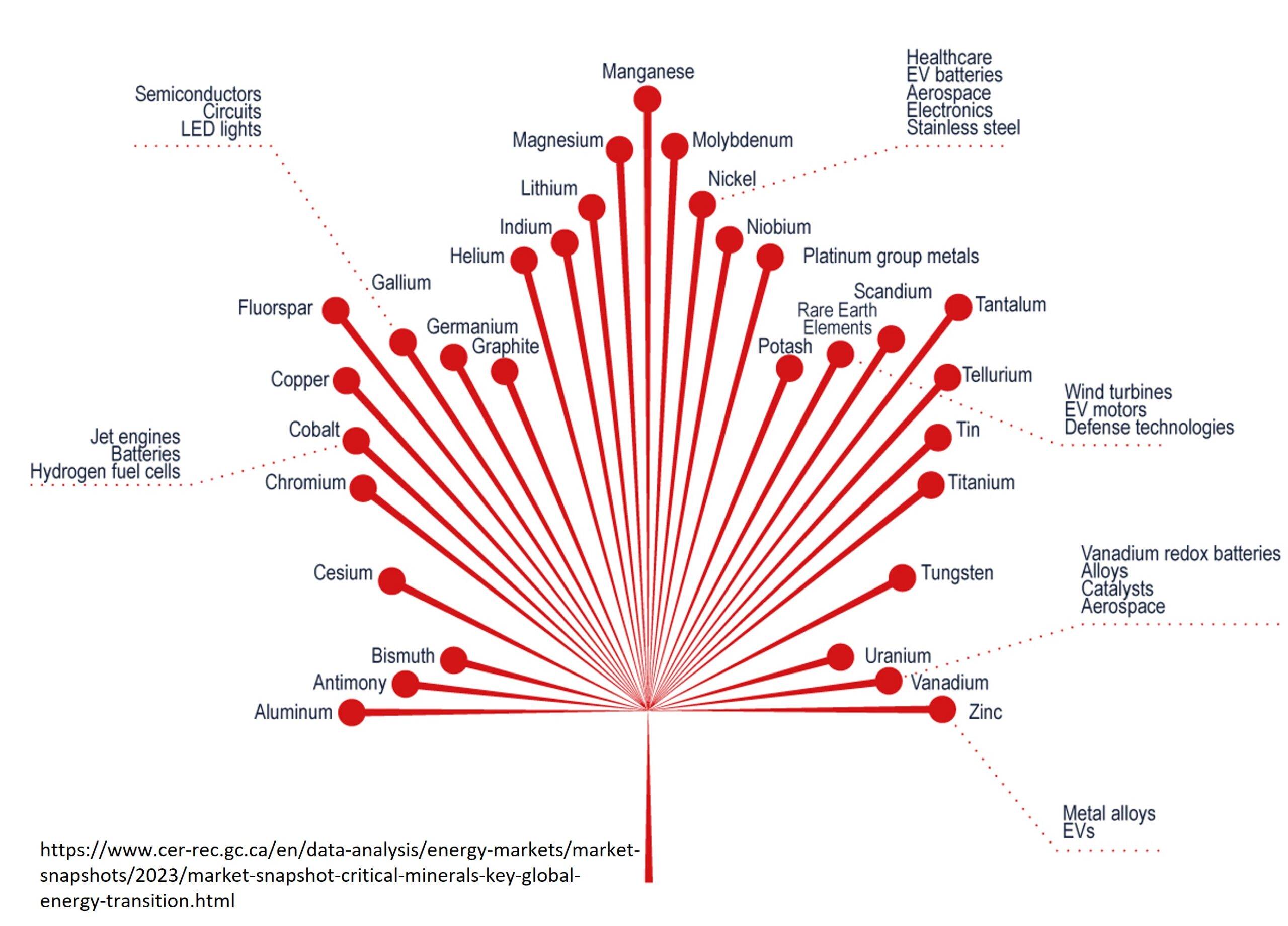Greenstone belts represent some of the oldest records of the Earth’s history and host significant mineral deposits. Thus, they are places of great importance which yield new clues about the formation of early Earth and the generation of ore deposits. This article presents an overview of the geology of greenstone belts with emphasis on Canadian examples.
What Are Greenstone Belts?
Greenstone belts are interpreted as ancient volcano-sedimentary basins that are sandwiched between granitic rocks. These belts occur on most continents within cratons – fragments of old continents that have been stable for a long time and are Archean in age, i.e., 2.5-4.0 billion of years (Figure 1). They have undergone recrystallization at relatively low temperatures and pressures during metamorphism of greenschist facies. The term greenstone refers to the variety of green minerals (e.g., chlorite, actinolite) formed by the metamorphism of volcanic rocks.
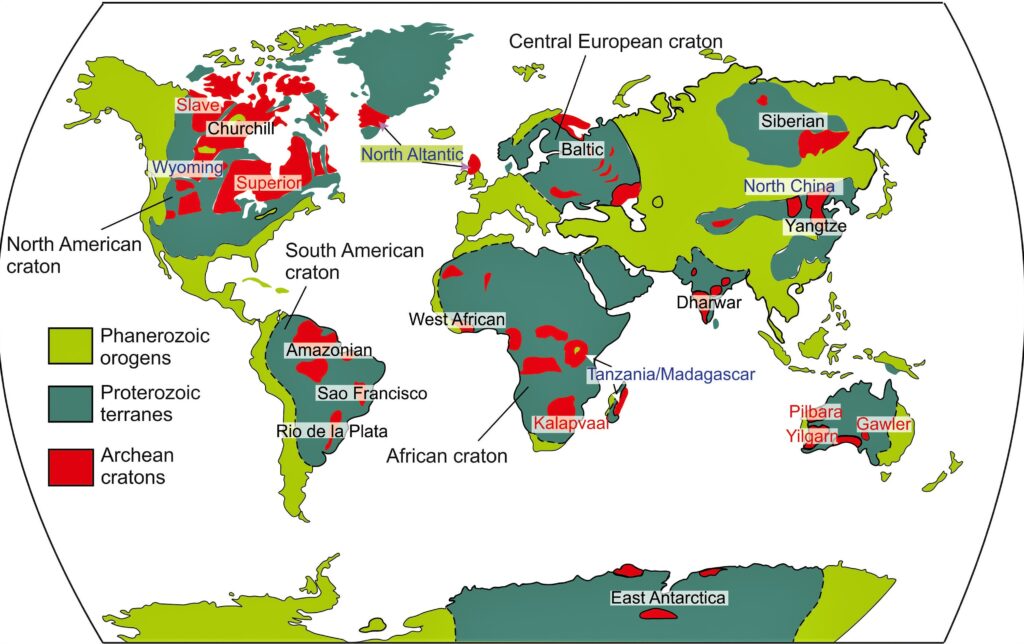
Greenstone belts are primarily made up of volcanic rocks overlain by minor sedimentary rocks. Volcanic rocks include ultramafic lavas (silica content less than 45%; e.g., komatiite) and mafic lavas (silica content 45-52%; e.g., basalt). In greenstone belt, volcanic rocks are dominated by basalt, which is equivalent to mafic lavas erupted in modern volcanos and ocean basins. Abundant pillow structures associated with these rocks in greenstone belts indicate that much of the volcanism was underwater (Figure 2).
Another common volcanic rock in greenstone belts is komatiite. Komatiites are mantle-derived rocks with more than 18 weight percent magnesium oxide that require extremely high temperatures to form. Because of this they are mostly found in rocks of Archean age, when the Earth was much hotter. Komatiites frequently display a striking texture known as spinifex, which consists of acicular crystals of olivine (Mg-rich silicate) formed due to the rapid crystallization of the magma. Sedimentary rocks within greenstone belts include clastic or land-derived (e.g., sandstone, conglomerate, and shale) and chemically precipitated (e.g., chert and banded iron formation) components. The volcano-sedimentary sequences of greenstone belts can also be intruded by syn- to post-tectonic granitic plutons.
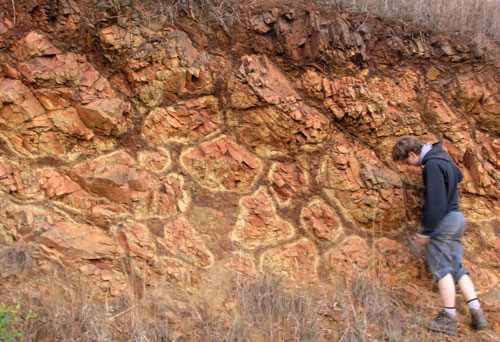
How Do Greenstone Belts Form?
Earth was quite different during its early stages of evolution when most greenstone belts were formed. The exact processes that led to the formation of crust at that time are still poorly understood and have been the subject of long-standing debate. However, it is accepted that greenstone belts formed along convergent plate boundaries. Their stratigraphy suggests an evolution from extensive submarine eruptions of komatiite and basalt (ocean floor) to increasingly input of clastic sediments that deposit along subduction zones (convergent plate boundary where one plate is thrust beneath the other).
Why Are Greenstone Belts So Metal-Rich?
Greenstone belts host significant deposits of gold, nickel, copper–zinc, and iron. The source of metals found in greenstone belts is still a matter of debate. Two main theories are proposed to explain the metal fertility of these terrains. Based on these theories, ore-forming fluids either came from (a) granitic intrusions or from (b) dehydration of greenstone belt rocks during metamorphism.
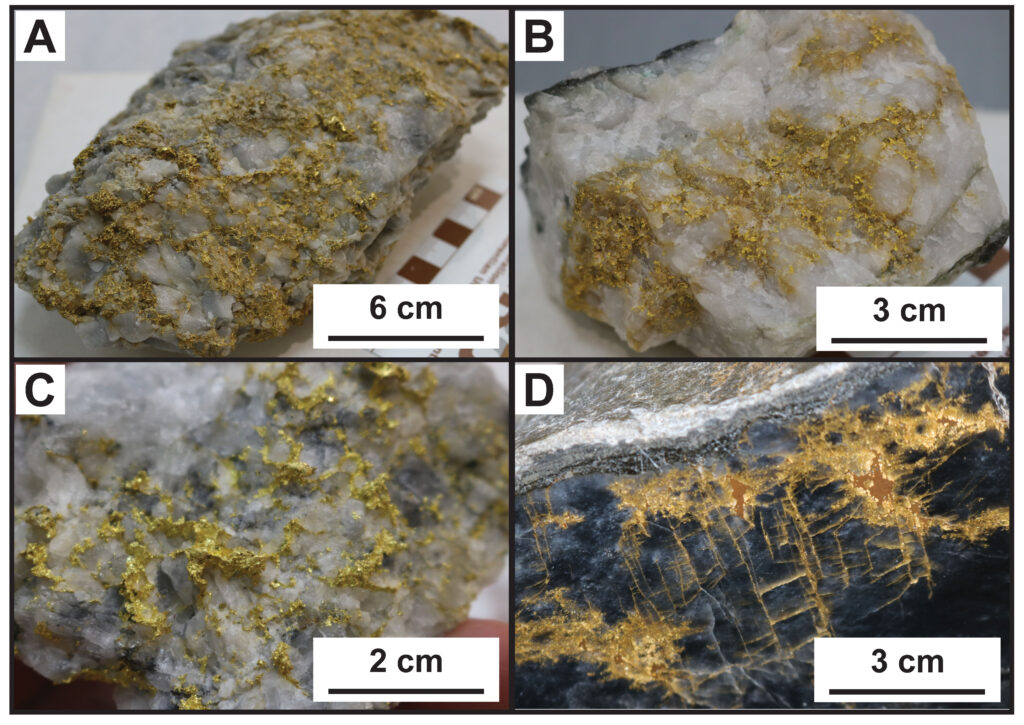
Greenstone Belts in Canada
In Canada, most greenstone belts occur in the Superior and Slave cratons of the Canadian Shield (Figure 3). Some examples include the Abitibi, Swayze, Yellowknife, Red Lake, Nuvvuagittuq, Ecstall, Flin Flon, Bird River, Hunt River, Hope Bay, Ennadai-Rankin, and Temagami greenstone belts. Several of these greenstone belts are detailed below.
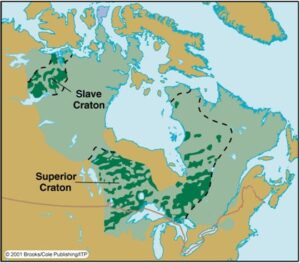
The Abitibi Greenstone Belt
The Abitibi greenstone belt in the southern Superior Province is one of the largest greenstone belts in the world and hosts several major gold and base metal deposits. The belt is made up of an assemblage of volcanic, sedimentary, and intrusive rocks that formed at around 2.6 billion years ago. Main mineral deposits in the Abitibi include shear-hosted quartz-carbonate vein deposits (aka orogenic), porphyries, and volcanogenic massive sulfide deposits (VMS). The most significant deposits lie along regional fault zones such as the Porcupine-Destor and Larder Lake-Cadillac Fault (indicated in Figure 4 as PDF and LLF, respectively). Examples of mining camps in the Abitibi include:
- Malartic Val D’or Cadillac Gold Camp: home of the Malartic Mine, a 50/50 JV between Canada-based Yamana Gold (TSX:YRI, NYSE:AUY, LSE:AUY) and Agnico Eagle (TSX:AEM,NYSE:AEM);
- Kirkland Lake Gold Camp: hosts the Kirkland Mine, owned by Canada-based Kirkland Lake Gold (TSX:KL, NYSE:KL, ASX:KLA);
- Timmins-Porcupine Gold Camp: includes the Porcupine Mine, owned by US-based Newmont Corporation (NYSE:NEM);
- Chibougamau-Chapais Camp: hosts the Lemoine mine, owned by Canada-based Yorbeau Resources (TSX:YRB).
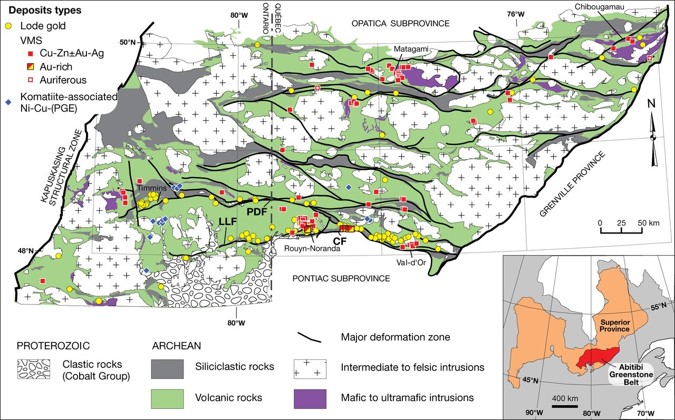
The Swayze Greenstone Belt
The Swayze greenstone belt in northern Ontario is the southwestern extension of the Abitibi greenstone belt. The age of the rocks in the Swayze greenstone belt ranges from 2.75 to 2.67 billion years. The belt is home to the Côté Au(-Cu) deposit, a 70/30 JV between Canada-based IAMGOLD Corp. (TSX:IMG, NYSE:IAG) and Japan-based Sumitomo Metal Mining Co. Ltd. (OTCPK:SMM).
The Yellowknife Greenstone Belt
The Yellowknife greenstone belt in the southern Slave Craton (Figure 5) consists of mafic-dominated volcanic rocks formed around 2.7 billion years. Gold mineralization in the Yellowknife greenstone belt occurs in quartz-carbonate shear zones hosted by basalts, turbidites, and iron formation. Most of the gold from the Yellowknife greenstone belt came from the past-producing Con and Giant gold deposits (7.0 and 5.5Moz, respectively).
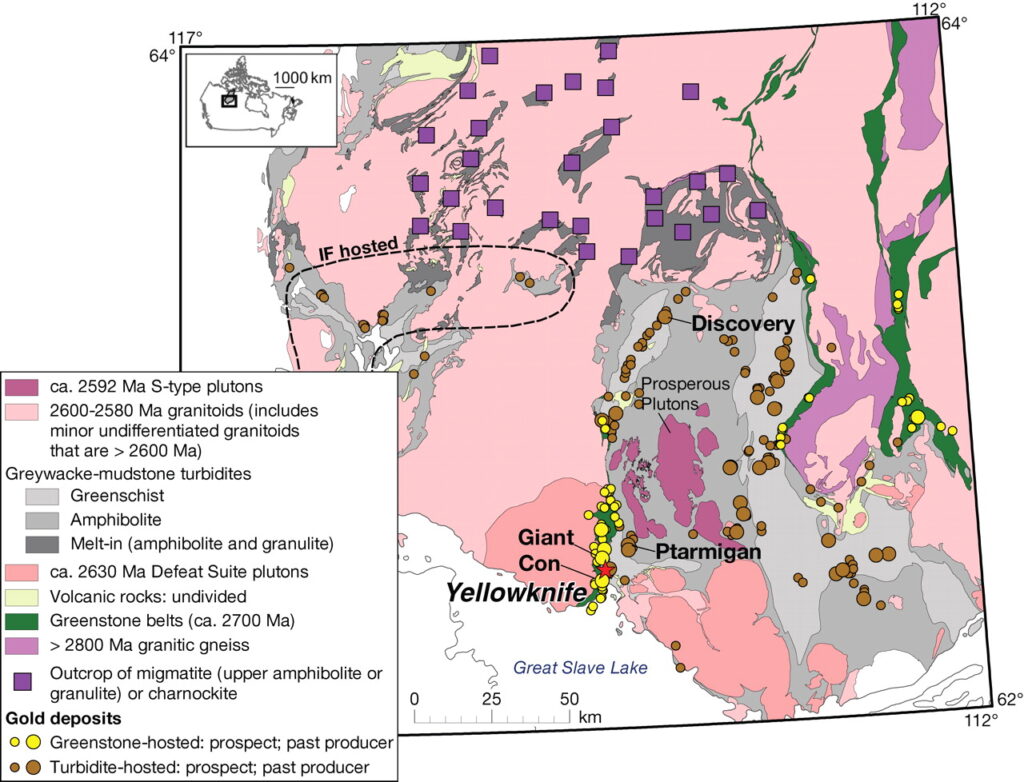
The Red Lake Greenstone Belt
The Red Lake greenstone belt in northern Ontario is composed of volcano-sedimentary sequences that formed from 3.0 to 2.7 billion years ago. Gold mineralization in the belt is contained in quartz veins, iron formation-hosted, and VMS deposits. The Campbell-Red Lake gold deposit, owned by Australia-based Evolution Mining Ltd. (OTCMKTS:CAHPF), is one of the main assets in the Red Lake greenstone belt.
The Nuvvuagittug Greenstone Belt
The Nuvvuagittuq greenstone belt is located on the eastern shore of Hudson Bay in northern Quebec. The belt is dominated by mafic rocks, followed by ultramafic and sedimentary rocks. The age of the Nuvvuagittuq greenstone belt is debated but geochronological evidence suggests it may date about 4.3 billion years, which makes it one of the oldest geological records in the world (Figure 6).
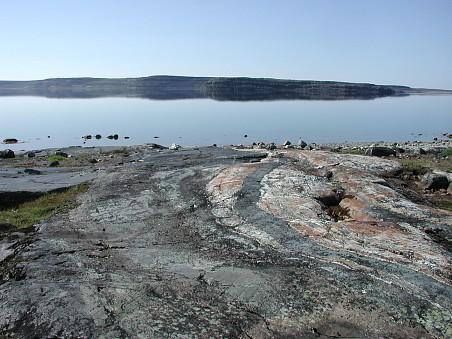
The Hope Bay Greenstone Belt
The Hope Bay greenstone belt, in the northeastern Slave craton, is dominated by mafic volcanic rocks with minor ultramafic intrusions and sedimentary rocks of around 2.7 billion years. The Hope Bay deposits (Doris, Madrid, and Boston), owned by Canada-based Agnico Eagle (TSX:AEM, NYSE:AEM), are considered typical orogenic gold deposits.
The Temagami Greenstone Belt
Temagami is a small greenstone belt in eastern Ontario that hosts substantial banded iron formation deposits (Figure 7) in addition to precious and base metals. The belt is composed of volcanic and sedimentary rocks of ca. 2.7 billion years with similar east-west orientation as other greenstone belts in the Superior Province. Canada-based Conquest Resources Limited (TSXV:CQR) is currently exploring the belt for different types of mineralization such as VMS, Cu-Ni-(PGE), IOCG, and paleo placer Au deposits.
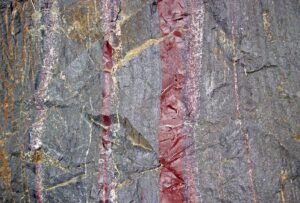
The Bird River Greenstone Belt
The Bird River greenstone belt is located on the southwestern margin of the Superior Province, northeast of Winnipeg. It contains several mafic and ultramafic intrusions of around 2.7 billion years that host significant Ni-Cu-(PGE) and chromite mineralization. Mining activity in the Bird River area includes the Thompson and Birchtree nickel mines, owned by Brazil-based Vale S.A. (NYSE:VALE) and the Makwa Mayville Ni-Cu-(PGE) project, owned by Canada-based Grid Metals Corp. (TSX.V:GRDM).
The Flin-Flon Greenstone Belt
The Flin-Flon greenstone belt straddles the boundary between Manitoba and Saskatchewan. The belt is best known for its VMS deposits, but gold and diamond are also present. It contains the world-class Flin Flon, Callinan and 777 VMS deposits. The belt is home to the 777 underground Cu-Zn-Au-Ag mine, mill and smelter complex from Canada-based Hudson Minerals (TSX:HBM, NYSE:HBM) and the Cu-Zn(-Au) Flin Flon North VMS project, owned by Canada-based Searchlight Resources (TSX.V:SCLT).
The Hunt River and Florence Lake Greenstone Belts
The Hunt River and Florence Lake greenstone belts stretch over 80 km in eastern Labrador (Figure 8). They are made up of mafic and ultramafic volcanic rocks with minor felsic volcanic and sedimentary rocks dated at ca. 2.7 billion years. The belt encloses the Hopedale gold project, owned by Canada-based Labrador Gold (TSX.V:LAB).
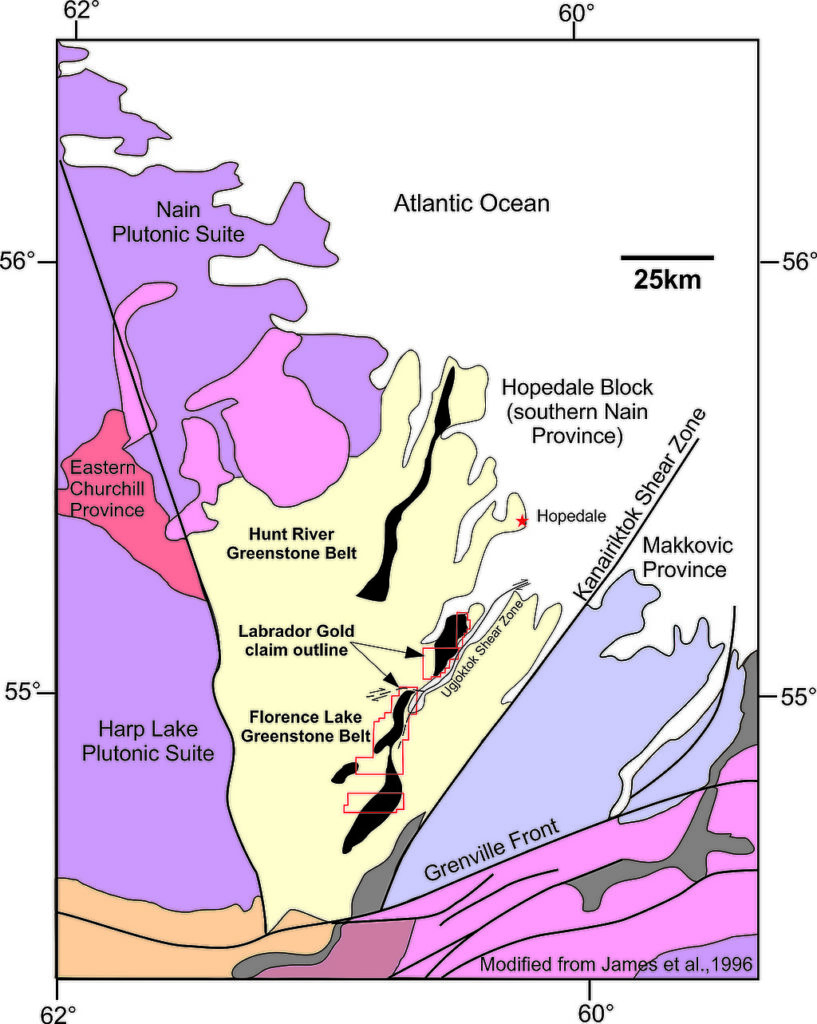
Companies Mentioned
- Yamana Gold (website)
- Agnico Eagle (website)
- Kirkland Lake Gold (website)
- Newmont Corporation (website)
- Yorbeau Resources (website)
- IAMGOLD Corp. (website)
- Evolution Mining Ltd. (website)
- Conquest Resources Limited (website)
- VALE S.A. (website)
- Grid Metals Corp. (website)
- Hudbay Minerals Inc. (website)
- Searchlight Resources (website)
- Labrador Gold Corp. (website)
Further Reading
- Canada’s Gold Exploration Frontier: The Abitibi Greenstone Belt (Visual Capitalist)
- Old Gold: An Introduction to Archean Greenstone Belts (GFI)
Subscribe for Email Updates

